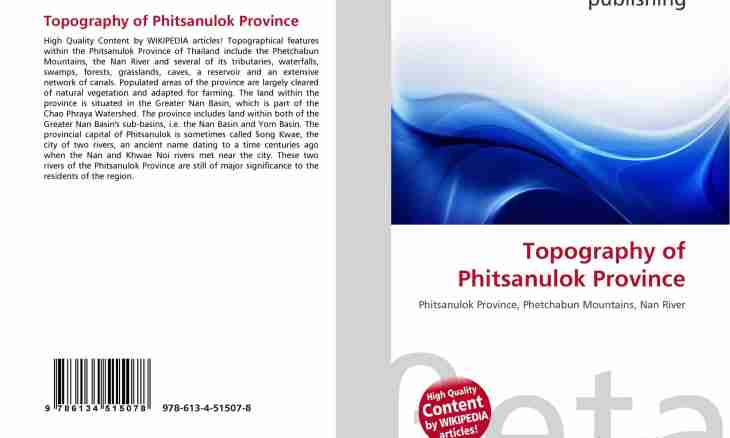Fischer's equation is used in the economic theory to explain communication between interest rates and inflation. This theory was based by the American economist Irving Fischer. He was one of the first economists who defined a difference between real and nominal interest rates.
General view of the equation of Fischer
Mathematically Uravneniye of Fischer Uravneniye looks as follows:
real interest rate + inflations = nominal interest rate;
or R + Pi = N; Here R is a real rate of percent; N – nominal rate of percent; Pi – the rate of inflation; The Greek letter of Pi is usually used for designation of the rate of inflation. It is not necessary to confuse it with the constant Pi applied in geometry.
For example, if to put in bank under 10% per annum a certain sum of money, with the rate of inflation of 7%, then the nominal rate of percent under such circumstances will be 10%. The real rate will be only 3%.
Application of the equation of Fischer in economy
If inflation is considered, then it is not a real interest rate, but a nominal rate which is regulated or changes together with inflation. The rate of inflation used at assessment of the equation is an expected rate of inflation during all term of the credit. In Fischer's theory the hypothesis was stated that the considered rate of inflation has to be constant. The rate of inflation is considered differently when determining an interest rate of the credit within the areas affected by the current activity, technology and other world events which influence real economy. This equation can be applied both before signing of the contract, and upon that is as the analysis of the credit. If the equation is used for credit assessment after the fact. For example, it can help to define purchasing power and to calculate the credit cost. It is also used to help creditors to define what has to be an interest rate. When using this formula, creditors can take the planned loss of purchasing power into account and therefore to establish favorable interest rates. Fischer's equation is usually used at assessment of the sums of investments, bond yields and also when calculating investments after the fact. The phisher also possesses a formula which defines dependence of the price and quantity of the money which are in circulation. Many economic indicators depend on the mass of money. First of all, it is the prices and rates on the credits. And in the conditions of stability of economic development the volume of money supply regulates the prices. In case of structural disproportions perhaps primary change in price, and already then goes change of cash money supply. It turns out that depending on change of various conditions in economy, political life of the countries, ecology the prices can change, but also on the contrary money supply can change in connection with growth or reduction of the prices. The formula looks as follows: MV = PQ; Here M – the mass of money in a turn; V – speed of their turn; P - goods price; Q – the volume, or quantity of goods This formula purely theoretical as does not contain the unambiguous decision. However, it is possible to draw a conclusion that dependence of the prices and money supply mutual. In the countries of developed economy (single country or group of the countries) with one currency the mass of the money which is in circulation has to correspond to economy level (outputs), level of trade and income. Otherwise it will be impossible to provide price stability, as is the main condition of determination of quantity of cash in circulation.

